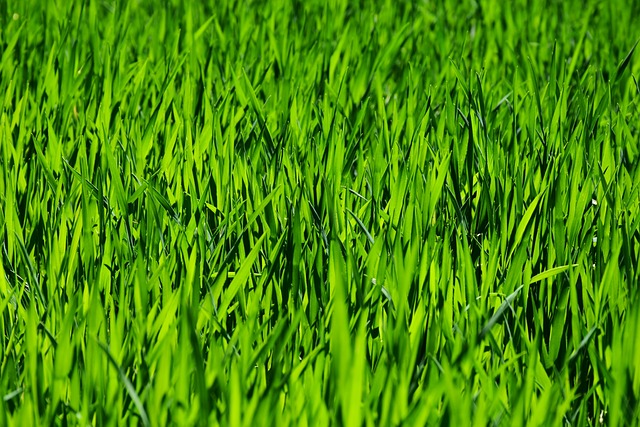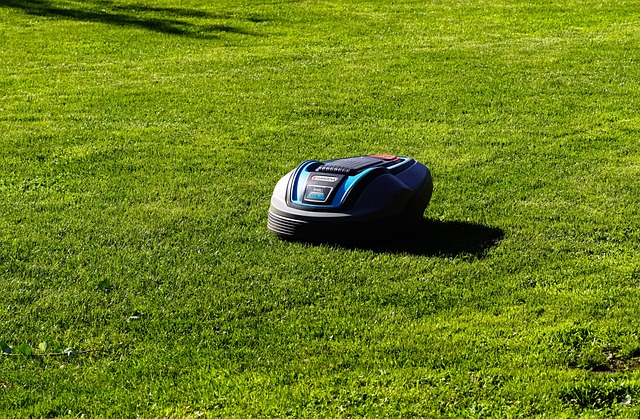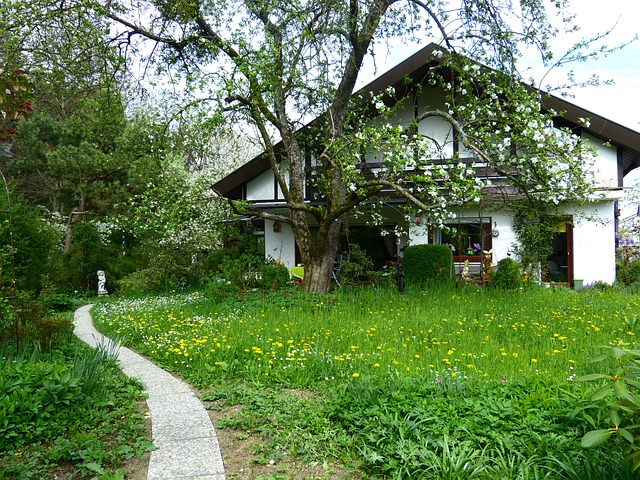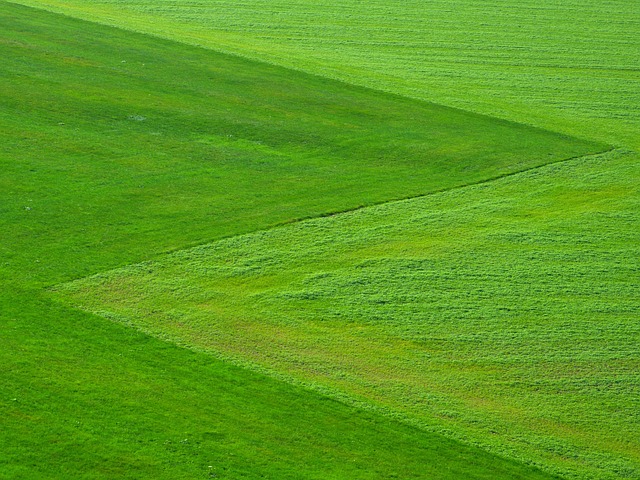Lawn fertilization is crucial for Lawn Care and Landscaping, providing essential nutrients (nitrogen, phosphorus, potassium) for grass growth, root development, and disease resistance. Timing and customized rates maximize absorption. IPM strategies, including overseeding, proper mowing, and organic mulching, offer eco-friendly weed control. A holistic approach, tailored to grass species and soil type, ensures lush, vibrant results while promoting sustainable practices in Lawn Care and Landscaping.
Lawn fertilization and weed control are essential components of any comprehensive lawn care and landscaping strategy. A lush, healthy lawn not only enhances the aesthetics of your outdoor space but also contributes to its overall resilience. In this article, we’ll explore effective strategies for understanding lawn fertilization, implementing timing-sensitive nutrient application, and adopting robust weed control techniques. By integrating these practices, you can achieve optimal results in both lawn care and landscaping.
- Understanding Lawn Fertilization: Essential Nutrients and Timing
- Effective Weed Control Strategies for a Healthy Lawn
- Integrating Fertilization and Weed Control for Optimal Lawn Care and Landscaping
Understanding Lawn Fertilization: Essential Nutrients and Timing

Lawn fertilization is a vital aspect of lawn care and landscaping, ensuring your grass stays lush, green, and healthy. Understanding the essential nutrients required for optimal growth is key. Nitrogen, phosphorus, and potassium are the big three macronutrients that play a crucial role in lawn health. These nutrients support foliar growth, root development, and overall resilience against diseases and weeds.
Timing is equally important. The best time to fertilize lawns is during their active growth period, typically in the spring and fall. This is when grass absorbs nutrients most efficiently, promoting robust growth. Different grasses have varying needs, so it’s essential to identify your lawn type for precise timing and application rates, ensuring a thriving and well-maintained outdoor space.
Effective Weed Control Strategies for a Healthy Lawn

Maintaining a lush, weed-free lawn is every homeowner’s desire. Effective weed control goes beyond just spraying chemicals; it involves understanding the unique needs of your lawn and adopting integrated pest management (IPM) strategies. IPM promotes the use of cultural, biological, and chemical methods to manage pests in an environmentally sound manner.
One powerful tool in your lawn care arsenal is seasonal landscaping practices. Overseeding with high-quality grass seed during the fall or spring can smother weeds by creating a dense turf. Additionally, regular mowing at the appropriate height (around 2.5-3 inches) allows for better air circulation and sunlight penetration, suppressing weed growth. Utilizing organic mulches like wood chips or straw around plants can also provide a physical barrier against weed seeds, preventing their germination.
Integrating Fertilization and Weed Control for Optimal Lawn Care and Landscaping

In the realm of lawn care and landscaping, a holistic approach to fertilization and weed control is key to achieving lush, vibrant results. Integrating these two practices allows for a more balanced and sustainable yard. By understanding the specific needs of your grass species and soil type, you can choose fertilizers tailored to promote healthy growth while addressing any existing weed problems effectively.
Weed control methods should complement fertilization rather than overshadowing it. Select safe, eco-friendly options that target specific weeds without harming beneficial microorganisms in the soil. Combining these strategies creates an optimal environment for grass to thrive, ensuring a robust and aesthetically pleasing lawn. This integrated approach not only enhances the overall health of your yard but also contributes to long-term sustainability in lawn care and landscaping practices.
Incorporating effective lawn fertilization and weed control practices is key to achieving and maintaining a lush, healthy landscape. By understanding the essential nutrients required for optimal grass growth and implementing strategic timing for applications, you can ensure your lawn stays robust and vibrant. Additionally, adopting integrated approaches that combine fertilization with tailored weed management solutions will yield superior results in both Lawn Care and Landscaping. These comprehensive strategies not only enhance aesthetics but also contribute to a durable, low-maintenance outdoor environment.



